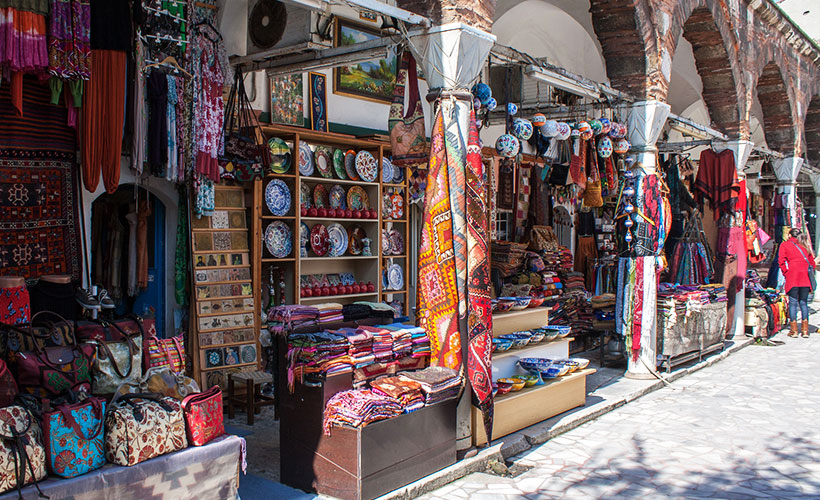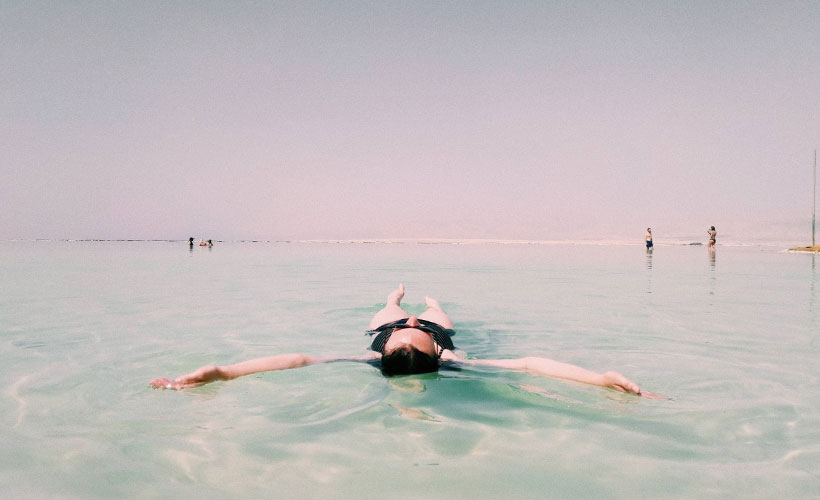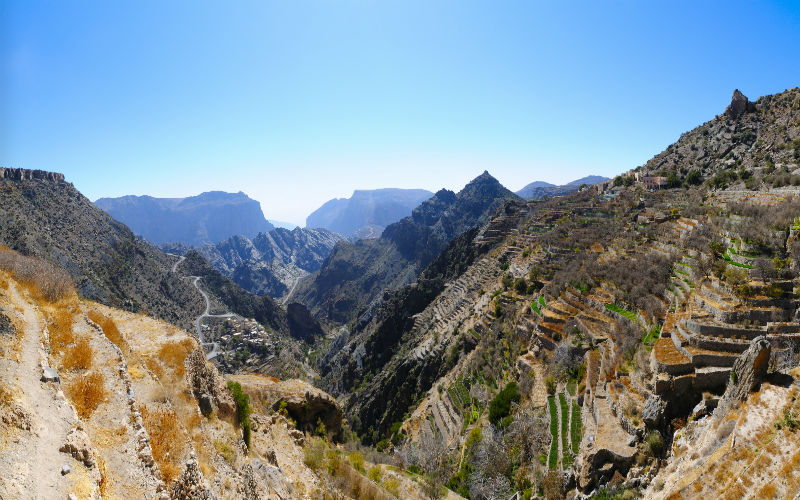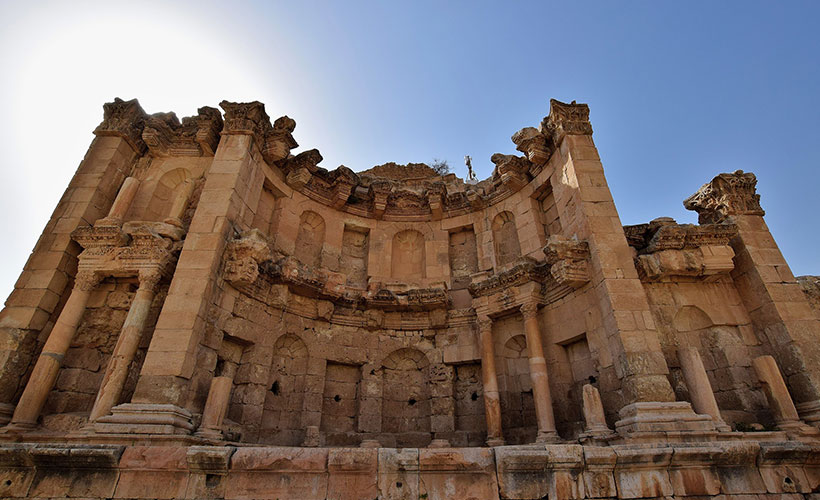
All roads lead to Rome, or so the saying goes. Perhaps there is some truth in that, considering that by 117 AD, the Roman Empire encompassed more than five million square kilometres. Here are two impressive Roman ruin sites to visit next time you are in the Middle East.
Back to Baalbek
First up is Baalbek, located in the northern end of the Beqaa Valley in Lebanon. The valley itself is nestled between the Lebanon and Anti-Lebanon mountain ranges – with the Anti-Lebanon Mountains serving as the border between Lebanon and Syria.
Baalbek is a UNESCO World Heritage site, and home to Roman ruins and a limestone quarry. ‘But what is so interesting about a bunch of rocks?’, I hear you say. Well, found in the Baalbek quarry is the Stone of the South – one of the largest Roman monoliths. It is between 2.5 and 4.4 meters high, 42 meters long, and weighs a whopping 1,242 tons! Nearby is the Stone of the Pregnant Woman, which is nearly as large. It is rumoured to increase a woman’s fertility if she touches it.
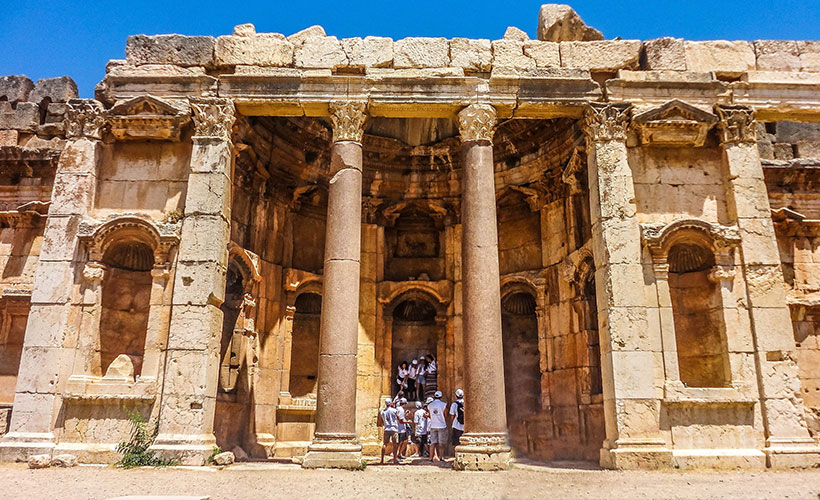
Baalbek, known as the city of temples, is speculated to be the most ancient building in the world, built by Adam’s son Cain. It has served as a sacred space for Mesopotamian, Roman, Christian, and Islamic worship. The temple was dedicated to the Phoenician gods, Astarte and Baal, until 150 BC, then served the Romans (who called it Heliopolis), and was then brought into Christianity due to the influence of Constantine the Great. In 637 AD, the Islamic rule converted the site into a fortress and added a mosque. During the Ottoman Empire, the temple fell out of use and began to decline, leading to their ruin status today.
Baalbek is also the site of three Roman temples, amongst others. The Temple of Jupiter is the main temple and built with the stones from the quarry, 900 meters away. Some of the 54 columns around the Temple of Jupiter are almost 23 meters tall. The Temple of Bacchus is the best preserved of the three, with Roman carvings visible throughout. The temple of Venus is the smallest Roman ruin in the area.
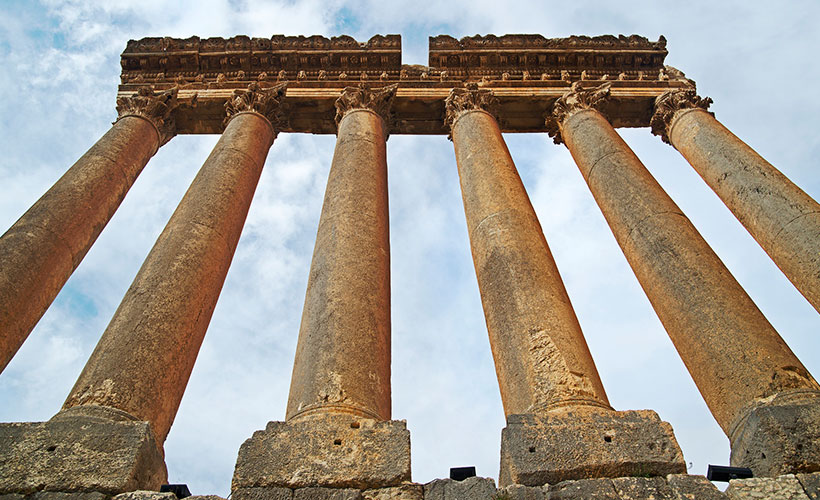
Just Jordan
About 265 kilometres south of Baalbek, in Jordan, lies the Jerash ruins that are believed to be the best-preserved Roman ruins outside of Italy. It is believed that more than half of the city of Jerash still needs to be excavated.
Hadrian’s arch is the massive entrance gate to Jerash. It was built in to honour the Roman Emperor Hadrian when he visited Jerash in 129/130 AD. Emperor Hadrian built Hadrian’s Wall (marking the northern limit of Roman Britain) and rebuilt the Pantheon in Rome. The centre was used by chariots while the side sections were used by pedestrians (one for nobles and the other for commoners).
The Oval Forum has 160 ionic columns and was a meeting place for public gatherings. The Hippodrome is slightly smaller relative to the Oval Forum but still held up to 15,000 spectators during gladiatorial battles and chariot races. Today the Roman Army and Chariot Experience preform chariot races in the Hippodrome every day.
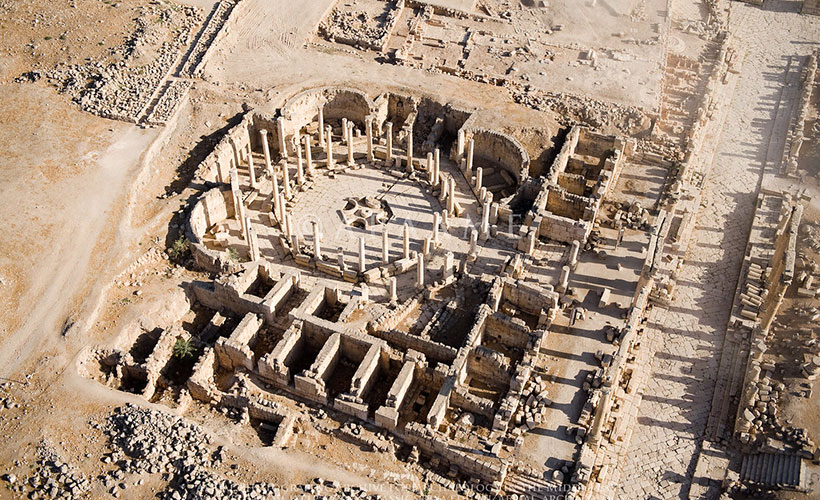
The South Theatre, located at the top of the hill above the Forum, is the larger of the two ruined theatres at Jerash. It can seat between 3,000 to 5,000 people and still hosts shows today.
The Cardo is a cobbled street, about 600 meters long, that runs the length of the city. Chariot tracks can be seen imprinted in the cobblestones – evidence of the hundreds of chariots that travelled the street during ancient times. It leads past the Nymphaeum – a public fountain elaborately decorated with lion heads and dedicated to nymphs.
So, next time that you find yourself in the Middle East, do as the Romans did and visit some of the best preserved Roman ruins outside of Italy.

